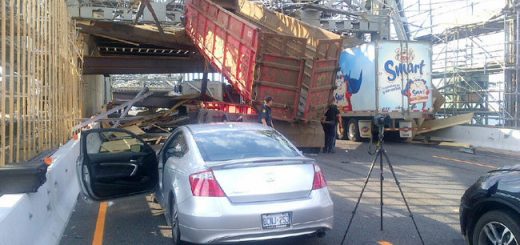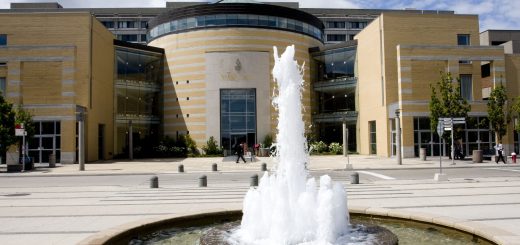In 2002, fifty pedestrians were killed in Toronto. In 2016, the numbers approached that high for the first time since then, with 43 killed. The number have been climbing for the past several years; there’s been a 34% increase in deaths since 2005. This has resulted in Toronto’s police departments as well as its mayor, John Tory, to consider what measures can be taken. Currently under consideration are lower speed limits, educational campaigns, and improved road signage.
Citizens Want Answers, Less Leniency for Drivers
The problem isn’t going unnoticed by Toronto’s citizenry, either, with many calling for more to be done. They hope that the current media spotlight on the issue will motivate the city to do more.
The city’s rising population has undoubtedly contributed to the increase in pedestrian deaths, as well as the fact that more people are choosing to bike or walk in the city’s center. The city’s population is also aging—and over 80% of the Toronto pedestrians killed in 2016 were over the age of 55.
Citizens aren’t just concerned: they’re also angry, in large part at what they perceive to be leniency for drivers who kill pedestrians. For example, in 2014 mother of three Erica Stark was struck and killed by a vehicle—while she was standing on the sidewalk. Two years later, the driver is only now being punished: probation and driving restrictions for six months, and a $1000 fine. Citizens are calling for an increase in the severity of punishments for drivers convicted of killing pedestrians.
Transportation Minister Points to Speed Limits, Toronto Police Tout Education
Steven Del Duca, Ontario’s Transportation Minister, points out that an act has been introduced which would help protect vulnerable road users like pedestrians and bikers by giving municipalities more freedom to lower speed limits. The bill, the Safer School Zones Act, had its first reading on November 15th, and was carried. It has yet to have its second reading.
The faster a vehicle is traveling, the greater the force of the impact. A pedestrian is five times as likely to survive a collision at 30km/h versus one at 50km/h, a fact that has prompted more than one official to call for lower speed limits in the past. In 2012, both Ontario’s Chief Coroner and Toronto Public Health called for lower speed limits, and Toronto Public health has repeated the plea in recent years.
Toronto Police believe that citizens can do more to fix the problem as well. Almost two thirds of the deaths were from accidents attributed to improper or illegal turns. If drivers are better educated about the rules of the road, they point out, the number of deaths would have been greatly reduced.
Other solutions proposed include educating drivers about older pedestrians and the increased time they require to cross roads, and adjusting traffic signals to account for slower pedestrians. An increase in the number of bike lanes would also be advantageous. Pedestrians would benefit from more crossing facilities as well.







